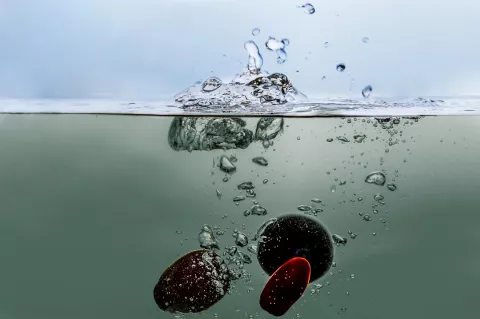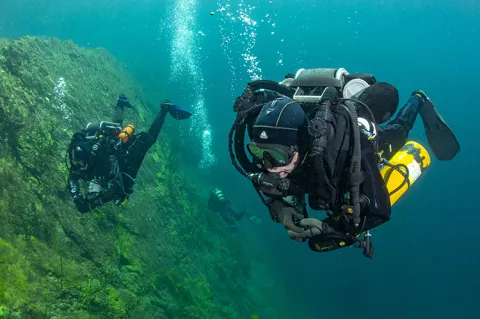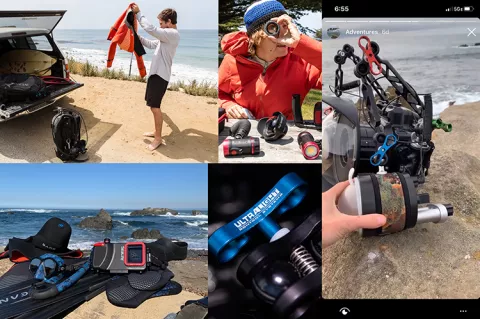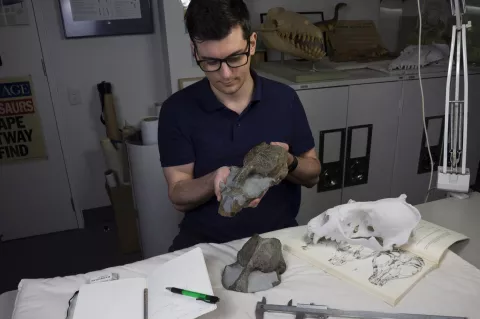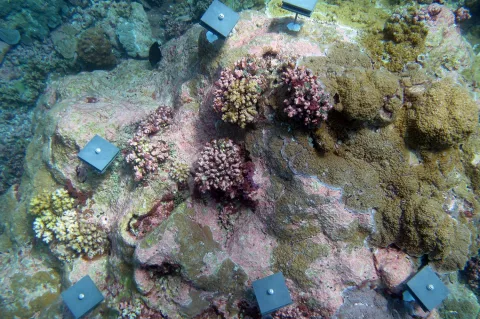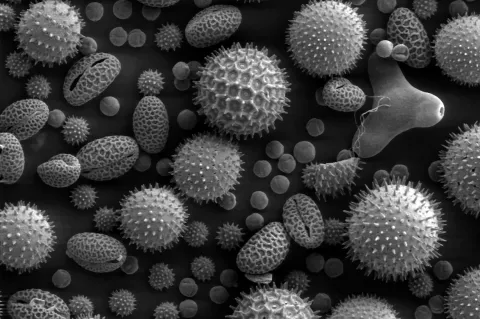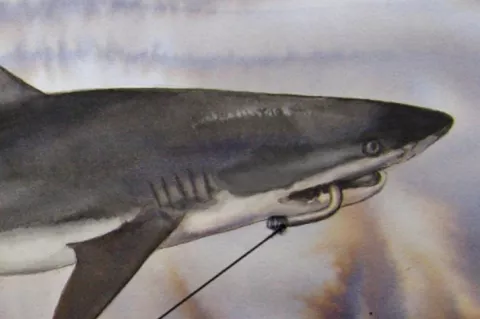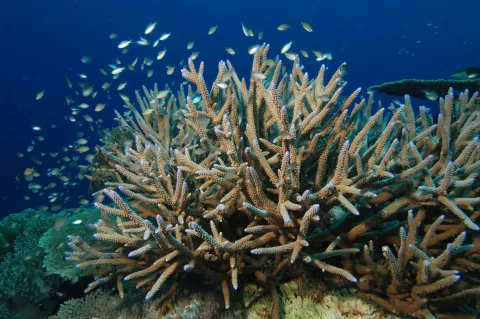DEMA Show 2020 … what a bellyflop!
This review comes on the coat tails of the other virtual dive show, Scuba.Digital, which we attended a few weeks prior and the conclusions are just about the same; The conference component in which attendees can listen into a range of webinar-style presentations worked reasonably well.
The rest of it, however, such as networking activities which is an essential part and, to entities like ourselves, the most important aspect of taking part in dive shows, absolutely did not.
- Read more about DEMA Show 2020 … what a bellyflop!
- Log in to post comments

